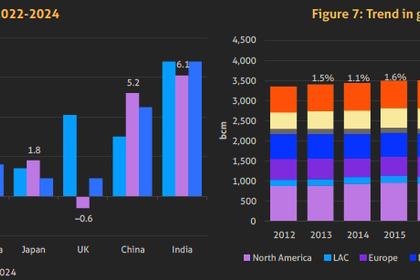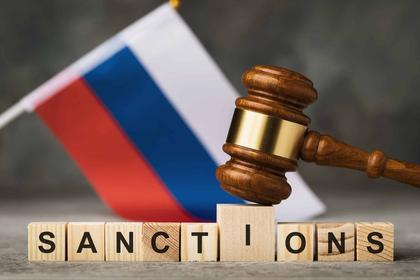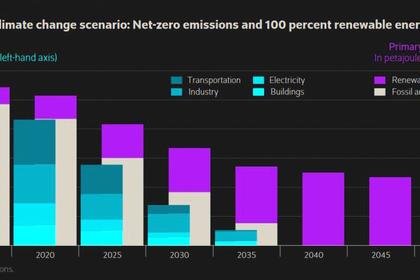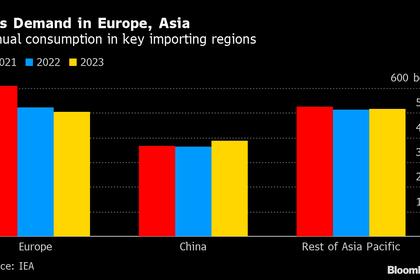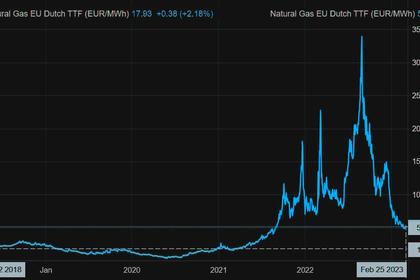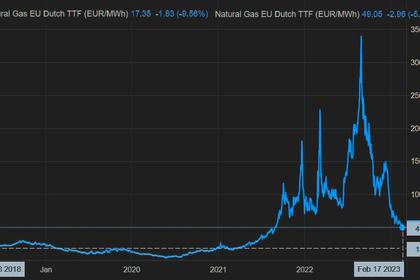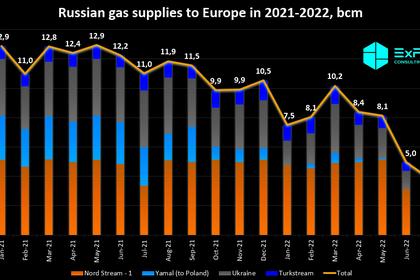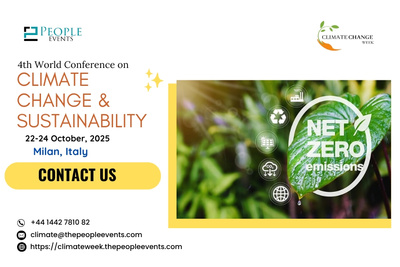
RUSSIAN GAS WITHOUT EUROPE
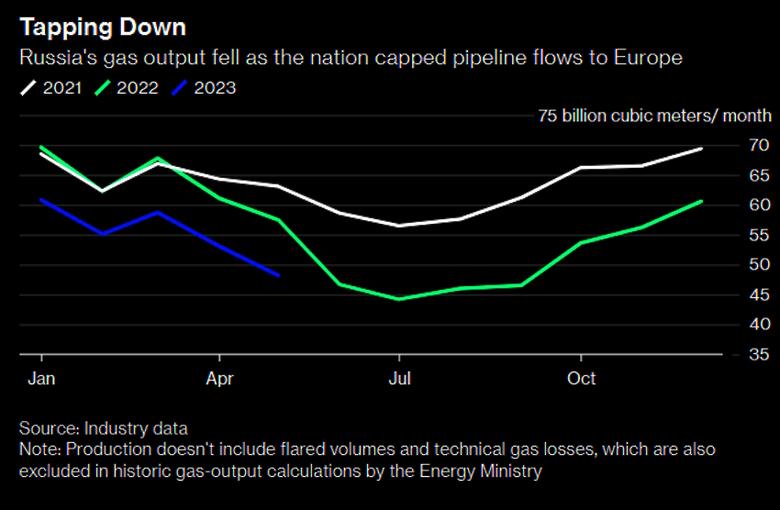
BLOOMBERG - June 29, 2023 - Much of Russia’s existing gas export infrastructure points West. Unfortunately for Moscow, most of its gas customers are now to its East and a lot of the infrastructure it needs to supply them is yet to be built. This mismatch of pipelines and customers — which is likely to take years to resolve — forms part of a bigger question triggered by Moscow’s assault on Ukraine. The war has cut Russia adrift from Europe, its biggest gas export market. So what has Russia — which has the largest reserves in the world — done with all that spare gas?
In 2021, Russia pumped about 150 billion cubic meters of pipeline gas to Europe — more than enough to satisfy the combined annual consumption of Germany, France and Austria. Europe represented two-thirds of the country’s gas exports including flows of liquified natural gas. Since the Ukraine invasion severely dented that trade Moscow has sought new markets, expanded others and committed to provide gas to parts of Russia not yet on the domestic network.
Even with these efforts, Russia has no customers for about 90 billion cubic meters of pipeline gas, the estimated drop in flows to Europe last year, adding to the pressure on its heavily sanctioned economy. A more than 50% fall in gas prices this year has further squeezed earnings. Oil and gas together contributed more than a third of Russia’s pre-war budget revenues. And while oil has kept flowing, the Russian gas industry has been at the center of a whirlwind that has slashed gas revenues for the state and the country’s biggest producer Gazprom PJSC.
Gas production fell more than 13% in the first five months of the year compared to the same period in 2022. Gazprom, which exported the pipeline gas that went to Europe, accounts for the majority of that drop. Had it not been for Novatek PJSC, Russia’s largest LNG producer, which kept its production flat and Rosneft PJSC, which pumped additional supplies to the domestic market, the fall would have been more severe.
European leaders accused Moscow of weaponizing gas flows at the start of the war by using pretexts for halting supplies to punish countries backing Ukraine. As a result, prices surged and Europe filled its storage sites last summer with the most expensive gas the region had ever seen, partly the result of the capping of flows from the Nord Stream pipeline system which was subsequently damaged by blasts and shut indefinitely last September. A mild winter helped Europe swerve a deep energy crisis, but for Moscow, replacing Europe has not been as easy. Gas revenues fell almost 45% between January and May compared to the same period in 2022 to 710 billion rubles ($8.3 billion), according to finance ministry data.
“When countries come under sanctions, there is initially a period where they struggle to adapt to the new situation,” said Peter Tertzakian, managing director of ARC Financial, a veteran energy investor referring to the impact of the broader sanctions on the sector. “However, the harder the sanctions, the more creative a country typically gets in terms of figuring out how to overcome them.”
Russia has accelerated its pivot to China. Earlier this year President Vladimir Putin declared that the development of gas production, processing and shipment facilities in the east of Russia, close to the border with China, has a “truly strategic importance”. Yet a visit by China’s President Xi Jinping to Moscow in March failed to produce an immediate commitment from Beijing to buy more Russian gas.
The Kremlin’s switch to China will require new pipelines to be built to supplement the Power of Siberia link, which began operating in December 2019. Shipments to China are just a fraction of those that flowed to Europe before the war, but they have grown and are expected to rise by 42% this year to 22 billion cubic meters before increasing to 38 billion cubic meters a year by 2025, enough to satisfy the annual consumption of France.
Ahead of the invasion of Ukraine, Gazprom signed a second supply deal with China, under which the energy company will deliver a further 10 billion cubic meters of gas annually over 25 years via a second pipeline known as the Far Eastern route, which is yet to be built.
Talks over the so-called Power of Siberia 2 project — which would double Russian gas flows to China to almost 100 billion cubic meters — have been “at final stage” for months, according to Moscow. Even if a deal is agreed by the end of 2023, it would take at least five years to build the pipeline, underscoring how difficult it is for Moscow to replace Europe overnight.
“China seems to be under no time pressure to negotiate,” said Vitaly Yermakov, senior research fellow at The Oxford Institute for Energy Studies. “While Russia is sitting on a time bomb, facing a potential sharp reduction in gas export volumes.”
While some in the market believe a partial resumption in flows to Europe is possible, the reality is that at some stage the European Union was going to turn its back on Russian gas. But, most thought the trigger would be the EU’s net-zero target of 2050 for greenhouse gas emissions, rather than military adventurism, and that they would have more time to adapt.
“Even if the war is to end tomorrow, if there is a regime change in Russia — and it is back in the framework of international law — Russia has violated the trust of businesses and governments in Europe,” said Kateryna Filippenko, director for global gas research at Wood Mackenzie Ltd. “It will take time to rebuild that trust, and to come back to any sort of additional volumes.”
Selling Gas Door-to-Door
Some countries like the UK and the Baltic states banned Russian gas outright, including LNG, and more governments in the region called on companies to reduce reliance on it. But a total embargo on gas flows from Russia has so far been politically unpalatable in the EU. Still, the speed with which western European markets adapted to the reduction in Russian pipeline gas hit Gazprom particularly hard. Production was cut by 20% in 2022 to 412.6 billion cubic meters, the lowest in at least 15 years. And its net income attributable to shareholders fell more than 41% to 1.23 trillion rubles.
Turkey has traditionally been among Gazprom’s top three buyers. Russian pipeline gas exports to the country reached almost 27 billion cubic meters in 2021 up from 16.4 billion in 2020, according to the most recent Gazprom data.
Russia is now seeking to leverage that relationship to use Turkey to transit exports to Europe. President Recep Tayyip Erdogan, who has positioned himself as a mediator between Russia and Ukraine, has welcomed Putin’s idea to create a trading hub in Turkey, where Moscow’s gas could be marketed, but the details remain vague.
Gazprom has already shared its concept plans for the creation of the hub with Ankara. The company has also intensified talks with some former Soviet republics. It signed a supply contract with Uzbekistan in June and is discussing with Azerbaijan and Turkmenistan opportunities to work together. Talks with Kazakhstan appear further advanced with the two sides signing a cooperation agreement at the start of 2023 that could boost imports of Russian gas but also lead to the construction of new pipelines to transit the fuel to China.
All of these options — the Turkish trading hub, new markets in central Asia and additional pipelines to China — require significant political wrangling to progress, leaving Russia with limited choices in the short term of what to do with its spare gas.
Production falls suggest that much of it is staying in the ground.
Yet exports of Russian LNG are booming, albeit from a very low base, accounting for 12% of total LNG imports into western Europe this year. France, Belgium and Spain imported record volumes from Russia in 2022, a fact European officials are starting to pay close attention to. The Netherlands and Spain are both taking steps to ban imports of LNG from Russia, but the region as a whole is unlikely to stop purchasing the super-chilled fuel from Moscow any time soon.
Moscow wants to triple LNG production by the end of the decade, and it could use spare pipeline capacity after the drop in flows to Europe to reach the goal. Novatek wants to connect a proposed LNG facility in Murmansk to Gazprom’s gas network, in a move that could allow the company to liquefy gas that would previously have been piped to Europe.
Swiss-based MET International used to trade Russian pipeline gas. Along with other traders it now relies on global deals for LNG to plug the gaps in Europe’s gas needs, a task Gyorgy Vargha, MET’s chief executive, described as “enormous.”
“The type of relationship is different, you suddenly have to be in touch with global traders, Asian utilities, American and African companies,” said Vargha. “This is a major shift for energy buyers all over Europe.”
Keeping the Home Fire Burning
Russia was already expanding the domestic gas network before the war began. The process is being accelerated across Russia’s vast territories to boost demand and support production. Putin said last year that “wherever is possible, gas, either pipeline or liquefied, must reach a consumer.” The ambition is to raise the domestic rate of access to the fuel to 83% by 2030 from 73% last year.
To achieve that, the gas industry will need to connect homes like that of Alexandra and Anatoly Alikov, who live in a village in the Leningrad region. In January the couple received a visit from Dmitry Medvedev, ex-president and Putin’s deputy in the Russian Security Council. Over tea and buns — all carefully captured by state TV — Medvedev revealed the reason for his visit: the cottage had just been added to the gas network, 15 years after it was built.
“There are smiles on the faces of people who have just received gas, we’ve just seen it,” Medvedev told the television cameras. “You can ‘tell the difference’, as they say,” he added, seemingly mocking European households that had been forced to replace Russian gas.
Propaganda aside, Russia and its gas industry are likely to be feeling “the difference” for years to come.
-----
Earlier:
